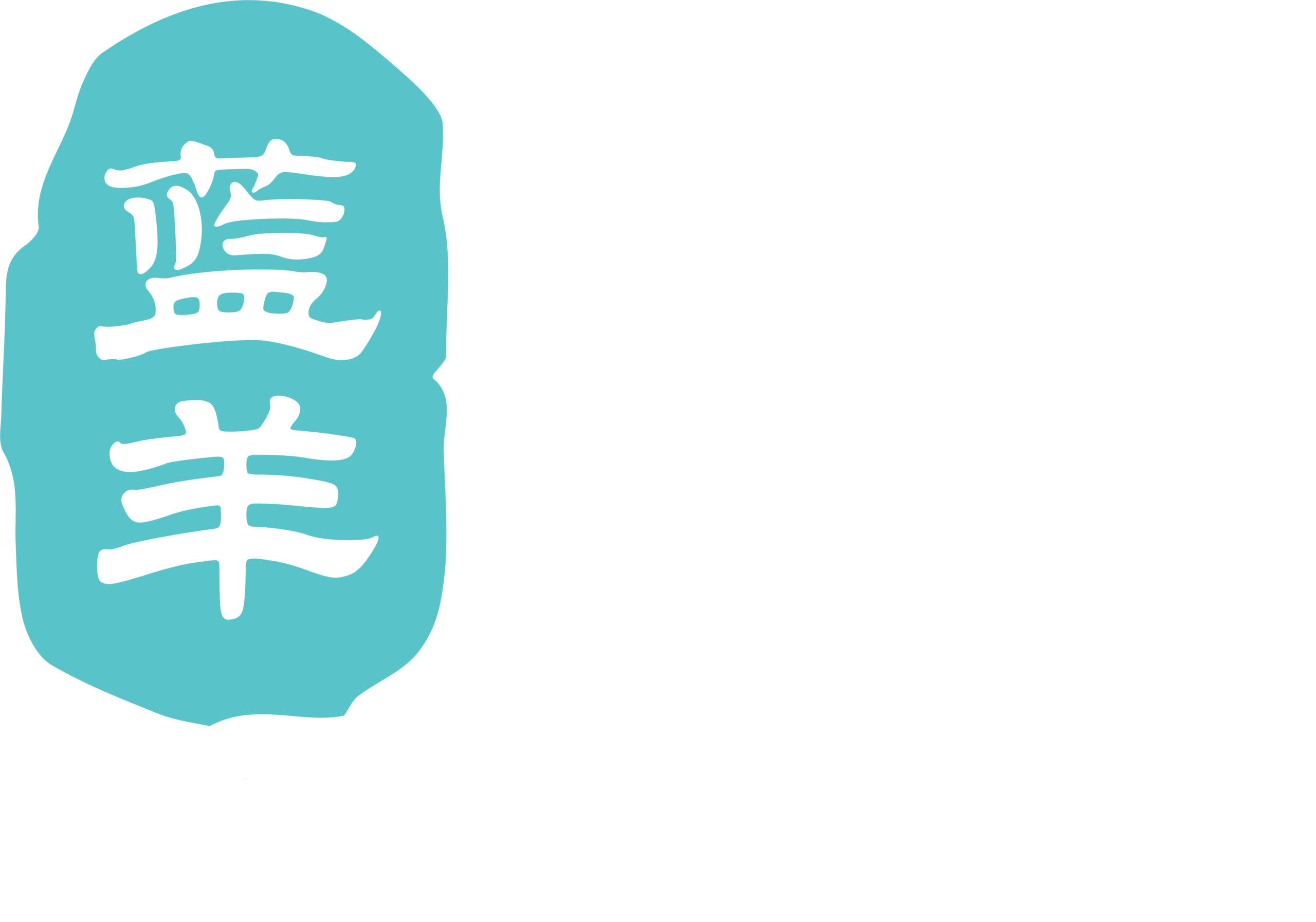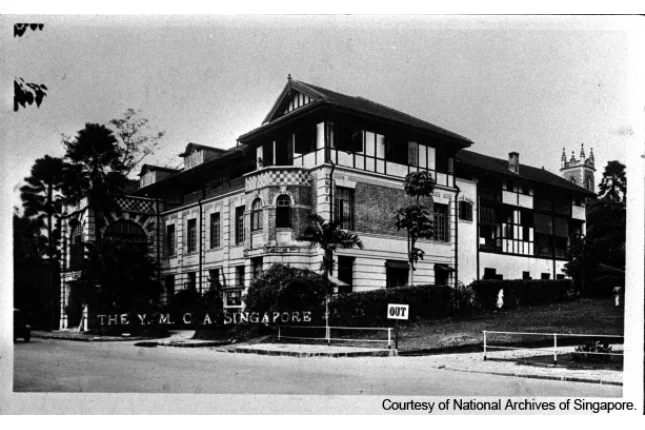According to China’s demographic data, even today those with the surname 蓝 live primarily in the south-eastern coastal provinces of China, particularly in Fujian and Guangdong.
Its origins are primarily traced to Fujian Province, where several historical lineages emerged. The 蓝 surname has roots dating back to the Tang Dynasty (618-907 CE). The Chinese Indigo plant (Indigofera Incarnata) once grew in abundance in the area and historically some families adopted this name based on geographic or occupational associations with blue-colored items or indigo dyeing.
Today, while large-scale commercial indigo cultivation has largely disappeared, various cultural preservation projects, ecomuseums, and heritage initiatives are working to document and maintain these traditional practices in both provinces, often as part of rural tourism development efforts.
The character 蓝 can be divided into two main components:

The top component: 艹 (cǎo) is the “grass” radical (also called the “herb” radical). It appears at the top of many characters related to plants, herbs, and vegetation.
The Bottom component: 监 (jiān) has two parts – 临 (lín) which suggests “to overlook” or “to supervise”; and 皿 (mǐn) which means “vessel” or “container”. Together as 监, it originally meant “to inspect” or “to oversee”
The combination of these elements in 蓝 references the indigo plant and the blue dye made from it.
Today, those with the 蓝 surname can be found in:
- Fujian Province: This is the primary ancestral region for many Lán families, especially in coastal cities and counties. These includes Quanzhou, Putian and Xiamen.
- Southeastern coastal areas: Parts of Guangdong Province also have significant populations of the Lán surname, including Chaozhou, Shantou and Pearl River Delta.
- Many 蓝 families also migrated to Taiwan and Southeast Asian countries like Singapore and Malaysia. These migrations were often driven by economic opportunities and historical events
The Biblical Blessing for The 蓝 Clan
Numbers 15:38-39 (NASB):
‘“Speak to the sons of Israel, and tell them that they shall make for themselves tassels on the corners of their garments throughout their generations, and that they shall put on the tassel of each corner a cord of blue. It shall be a tassel for you to look at and remember all the commandments of the Lord , so as to do them…”
The Hebrew word for this blue (tekhelet) referred to a specific azure or indigo dye. Blue represented the heavens, divine revelation, and connection to God. The cord of blue tassel is attached to the four corners of Jewish garments in the verse as a reminder of the commandments of the Lord and to follow them.
The blue thread was meant to remind people of God’s commandments and their heavenly calling. Today, prayer shawls (Tallit) have tassels at the four corners.
As a blessing for someone with the surname 蓝, this verse connects their name’s meaning (blue/indigo) with spiritual remembrance, divine guidance, and a call to live according to higher principles.
The color blue in biblical contexts generally conveys themes of heavenly origin, divine presence, sacred duty, and spiritual mindfulness. The specific blue dye mentioned in the Bible (tekhelet) was derived from a rare sea snail, making it precious and reserved for special purposes—similar to how indigo was valued in Chinese culture.
“May the Lord bless the 蓝 clan and keep you,
May His face shine upon your generations,
From the roots of Dabu to the branches spread wide.
As your name 蓝 represents the depth of indigo,
May your faith run deeper than the ocean,
Your courage stronger than ancestral memories.
Like the generations preserved in your jiapu,
May your lineage be as numerous as the stars,
And your legacy endure beyond eight hundred years.
May the wisdom of your forefathers guide you,
The strength of your migrations inspire you,
And the grace of generations past protect you.
Just as your ancestors journeyed from Guangdong,
May you continue to walk in purpose and hope,
Rooted in history, blooming in promise.
The Lord guard your going out and your coming in,
From this time forth and even forevermore.
Amen.”




